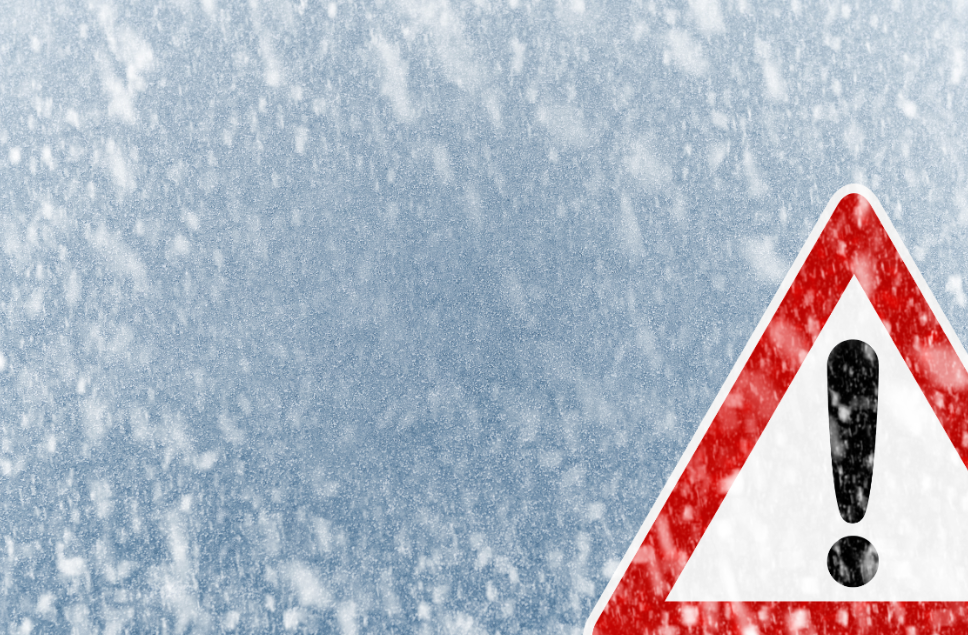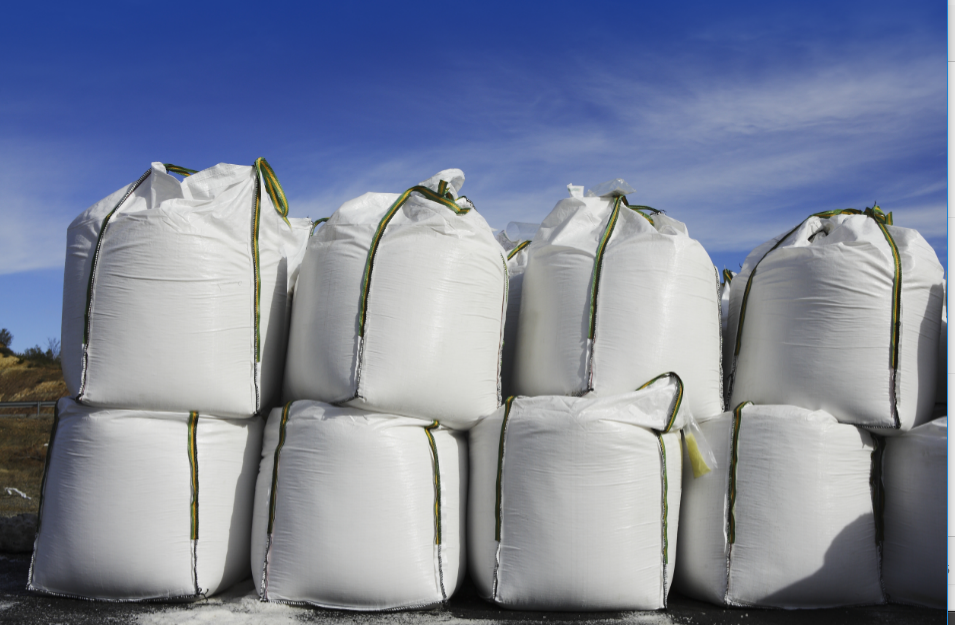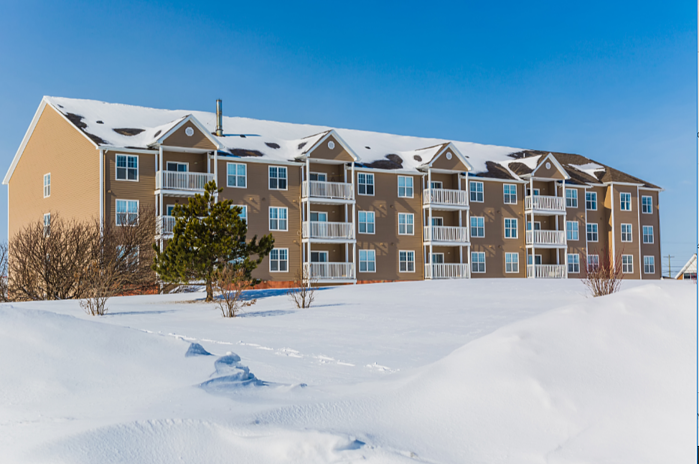
Dealing with snow and ice removal may be the number one challenge that facility managers face every season, but there are other dangers and concerns that winter brings. Low temperatures, cold rains, and high winds are the main sources of trouble outside of snowfall and ice formation. Below, we look at four major concerns that such factors produce, two of them health-related and two building-related, and how facility managers can best address them:
1. Hypothermia
When outdoor temperatures fall below freezing, those working outside run the risk of developing hypothermia. When body temperatures fall below normal, those affected may experience slowed breathing, uncontrollable shivering, a weakened pulse rate, or slurred/confused speech. Hypothermia can lead to death in extreme cases and those who have a "close call" can still sustain long-term damage to vital organs.
It is advisable to check that employees dress for the weather. Any work that needs to be done outside should be broken up into shorter shifts, so that workers don’t spend too long outdoors. Always have some warm blankets and dry "emergency clothes" on hand.
2. Frostbite
When wind is combined with cold, the danger of hypothermia is escalated into that of frostbite. The wind chill, how cold the air feels on the skin, should be considered here since wind carries heat away from the body at a more rapid rate than "mere cold." Freezing rain or other sources of wetness can also contribute to frostbite, so it is critical to keep dry as well as warm.
Frostbite skin will appear pale and numb, and if not treated in time, fingers, toes, and other body parts could be permanently lost. As frostbite can occur in less than 30 minutes with a windchill of -20 °F (-28.88 °C) and a slight breeze, it is wise to have someone knowledgeable in treating frostbite on-site. Equip workers with proper gloves, and ensure that any indoor maintenance area where employees might congregate or work is well heated.
3. Frozen Pipes
In the northern U.S., cold snaps can make water pipes located in unheated basements or inside exterior walls freeze and burst when temperatures fall below 32 °F (0 °C), and especially in sub-zero weather. Not only will the damaged pipe need to be replaced, but water damage will often be quite extensive. In other cases, an expert plumber will have to slowly and safely thaw out pipes that have partially frozen but not yet burst.
To prevent winter pipe damage, you can keep buildings heated at 65 °F (18.33 °C) or higher, insulate pipes with foam jackets or spray, and install covers on all exterior spigots.
4. Storm Damage
Winter storms bring more than snow. They bring intense winds that can rip off shingles and siding, knock down downspouts, and ram trees, branches, and debris into the facility roof, walls, or windows. Debris can also be blown onto the parking lot, damaging cars or creating a tripping hazard. Finally, storms could also down power lines on your premises, and it could take hours or even days before utility workers can attend to it.
While storms are unpreventable and their dangers cannot be nullified, the risk can be minimized. Have your facility inspected and brought into top shape before winter, and always have personnel ready to tackle dangers that arise.
In addition to the precautions you must take for snow and ice removal, be sure to prepare for winter’s other dangers as well. Be vigilant to protect both your employees and your facility throughout the risk-fraught winter season.


